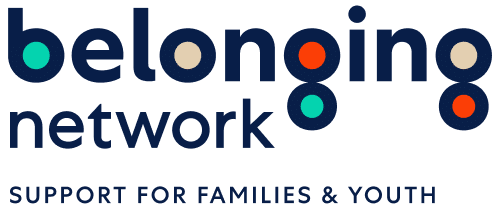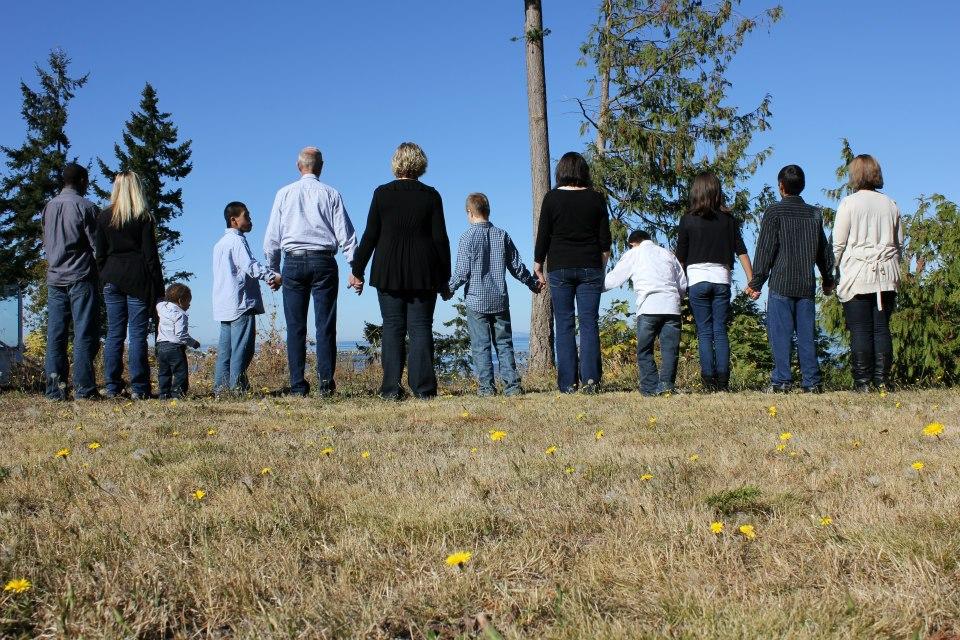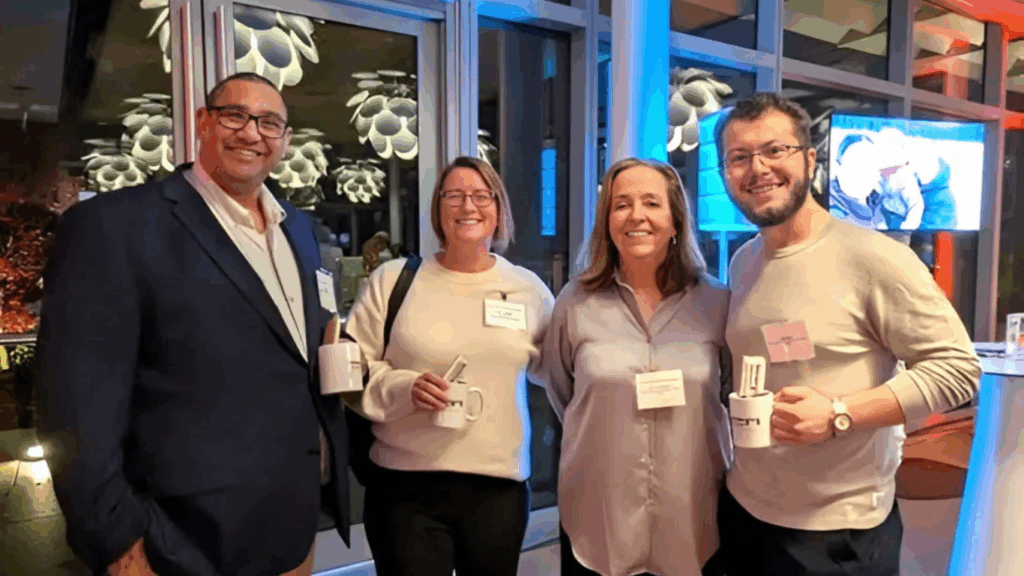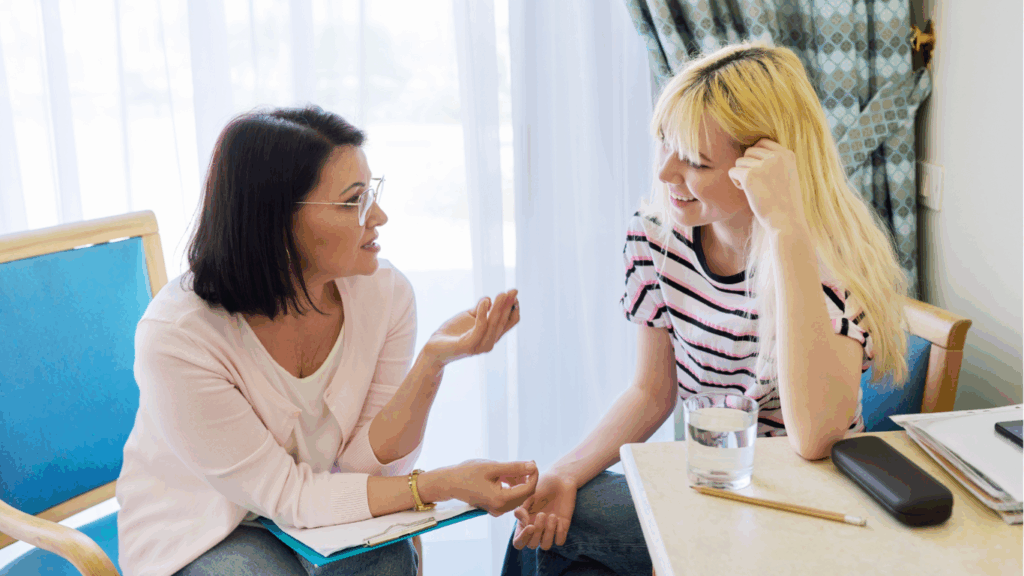Lisa Gunderson is a Registered Clinical Counsellor who focuses on multicultural issues. She is an award-winning educator and inclusivity consultant for educational and organizational institutions. During her Ph.D. in clinical psychology, she specialized in issues for minoritized youth, including ethnic identity. We asked Dr. Gunderson your questions about identity.
I am raising an adopted child of a different race in a community that is not very racially diverse. How do I help my child to be confident and form a strong racial identity?
This is incredibly challenging. Forming a strong racial/ethnic identity is a daily process that requires both internal and external exposure to others like themselves. My first response is one that many people do not like: move. Children need others who look like them, and they need access to communities that honour their heritage.
You became a racialized family when you adopted your child. Now, you have the responsibility to create an inclusive environment for your child. This has long-term psychological consequences.
If moving to a more diverse environment is truly not an option, not just
an inconvenience, then you have some work to do.
Develop real friendships with other minoritized families, join racialized organizations, put your child in the most diverse school you can find, find a Big Brother/Sister or mentor of the same race or ethnicity, start to build a support group or attend a support group for transracial youth, and travel to diverse spaces often. I would also encourage your child to move out of your community to a more diverse place when they are of age.
I’d like to develop relationships with people who share my child’s culture of origin, but I don’t know how to do it in a genuine way.
You must become part of the community. Find an active association and get truly involved (look at event sponsors). Attend community events, after-school activities, and cultural celebrations consistently. Attending events allows you to connect with people who are trying to connect or maintain their own ethnic heritage. Once you are seen consistently, a trust will begin to develop.
At your child’s school, make play dates with a diverse group of children and get to know their parents. If the places you visit in your daily life (schools, places of worship, hair salons, doctors’ offices, etc.) don’t have people who share your child’s culture of origin, look for new options.
Broaden your circle of friends and start to engage in activities where you can meet people, such as local recreation centers or meet-up groups. If you live near a college or university, take a relevant course or look at student union groups. Many will allow community members to join.
Why do you advise against promoting the idea of being colour blind? What is the alternative, and how can I talk to my child about it?
Generally, when people say, “We don’t see colour” or ”Colour doesn’t matter,” what they really mean is “I will not judge or treat you differently because of your race.” They mean well and they have good, heartfelt intentions. However, there are underlying problems with the idea of “colour blindness.” Here are three of them.
- Mounds of research have led psychologists and other social scientists to reject the colourblind ideology. Children are hardwired to categorize differences and form stereotypes based on race, even when their parents don’t discuss it. The book Nurture Shock by Po Bronson and Ashley Merryman has an excellent chapter about this.
- Colour blindness or any other “blindness” (towards disabilities or gender, for example) is factually incorrect and illogical. All of us have a colour, and it matters. Acknowledging race does not make you “racist,” it makes you a realist who lives in a multicultural society.
- For most (although not all) people, skin colour is an identifiable racial marker. All racialized groups have faced discrimination, and many still fight and die because of it. We pay a disservice to that history, and to current events, by saying we don’t notice skin colour and that it doesn’t matter. We also miss the opportunity to recognize current racial discrimination and to become allies.
According to Statistics Canada, over 50% of police-reported hate crimes were motivated by race or ethnicity, with black populations targeted the most often. Instead of teaching colour blindness, speak to your child about racial equity (for small children talk about fairness). The goal is to not ignore colour but to acknowledge that differences exist and, honour those differences without judgement.
The journal Child Development (February 2014) reported that minoritized middle and high school youths who were positive about their ethnic and racial identity had fewer problems with drugs, alcohol, negative behaviour, and depression, enjoyed better self-esteem and social interactions and performed better in school.
My young child is commenting on skin colour loudly in public, using very blunt terms. What should I say in response?
If you haven’t already, teach her about skin colour so she can have a context. Speak with a clear and comfortable tone, otherwise, she will sense your discomfort. It’s important to confirm what she sees without giving a lecture. For example, if your child says, “That person has really brown skin!”
Try responding with, “Yes, honey. He does have really brown skin.”
“Yes, we all have different colours of skin and different heritages. Isn’t that ____ (cool, wonderful, beautiful, etc.)?”
“Yes, honey. He has skin like your friend _____, or the character in your book ____.” Point out connections to people or things she sees in her life. If you don’t have those connections, it’s time to expand her social circle and exposure to multiracial picture books, toys, and media.
It’s only offensive if she says something derogatory or negative. It’s a good idea to be mindful of pointing. Gently put her hand down or simply say, “Honey, it’s not polite to point.” Then, respond to her statement or answer her question. Don’t whisper in her ear, as if the person’s skin colour is a secret. Just speak confidently. Someone else might overhear and learn from you.
Your efforts are worth it. Don’t give up!
Don’t miss part one of our Ask the expert: Identity matters!





